If you’re an animal-loving traveler, listen up. Wildlife/animal cruelty are a huge problem in tourism. It usually goes unrecognized. In this post I will show you some good and bad examples of wildlife attractions and how to avoid animal cruelty on your trip.
This post may contain affiliate links, which means I’ll receive a commission on products or services if you purchase through my link, at no extra cost to you.
Wildlife attractions are a huge part of tourism worldwide, somewhere between 20-40%. A few researchers at the University of Oxford’s Wildlife Conservation Research Unit did a study on 24 types of wildlife tourist attractions and found that up to 80% of the visitors had no idea the attractions weren’t good for the animals. That is up to 4 million people annually. That’s a crazy amount of people!
Obviously, the owners of these wildlife attractions want to make money and will try to do and say everything to lure a well-intentioned tourist to their attraction.
Tourists might not know enough about the animals and their natural habitats/behaviour to know what’s going on is bad.

On my trip to Spain, we were invited to go see a bull fight. I declined, but my friends went, thinking it wouldn’t be as cruel as ‘before’. My friends even asked the man who invited them if it was cruel and he said no. They returned horrified. They never expected things like this were still legal.
Ethical animal tourism is important. Not just for the welfare of the animals, but also for the conservation of the species. Stressed animals live shorter and won’t (be able) to reproduce as much.
Here are some examples of common cruel animal attractions:
1. Horse and carriage rides in the city
These horses stand in the sun all day, work long hours, and have to walk their way to and back from the city. Not to mention most horses aren’t used to (and never will be) the traffic of a busy city. There is plenty of video’s showing horses collapsing due to overheating, overworking and not getting enough water, as well as video’s of horses betting so scared that they break away from their carriage and hurt themselves badly in the process.
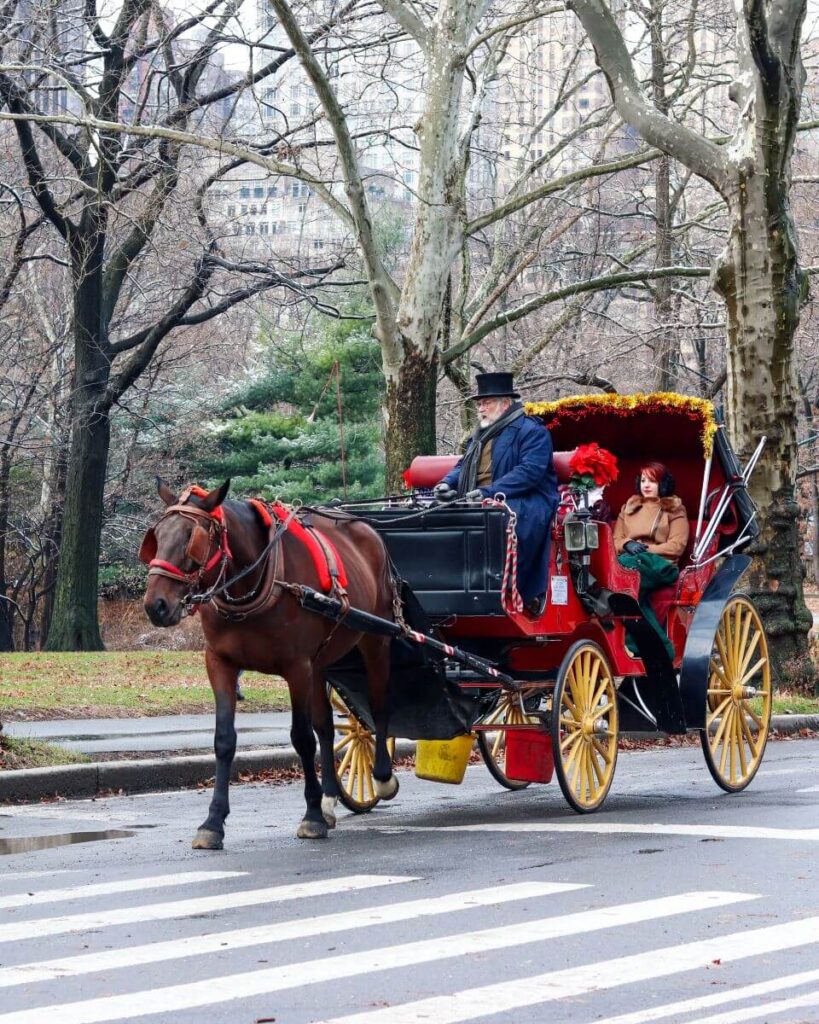
2. Dolphin shows
This is fortunately illegal in some countries, like the US, but this doesn’t mean they are banned in the entire world. The way these dolphins are captured is sometimes so stressful, not all animals survive the trip to their new home. The enclosures are way too small, unlike their naturally free ocean. This often causes them to display distress, but unfortunately most people won’t recognize them as distress.

3. Elephant rides
These little elephants are taken away from their moms at a very young age, to be abused and beaten to be trained to give rides. These rides look peaceful, but there is a lot going on behind the scenes to get these elephants to this state.
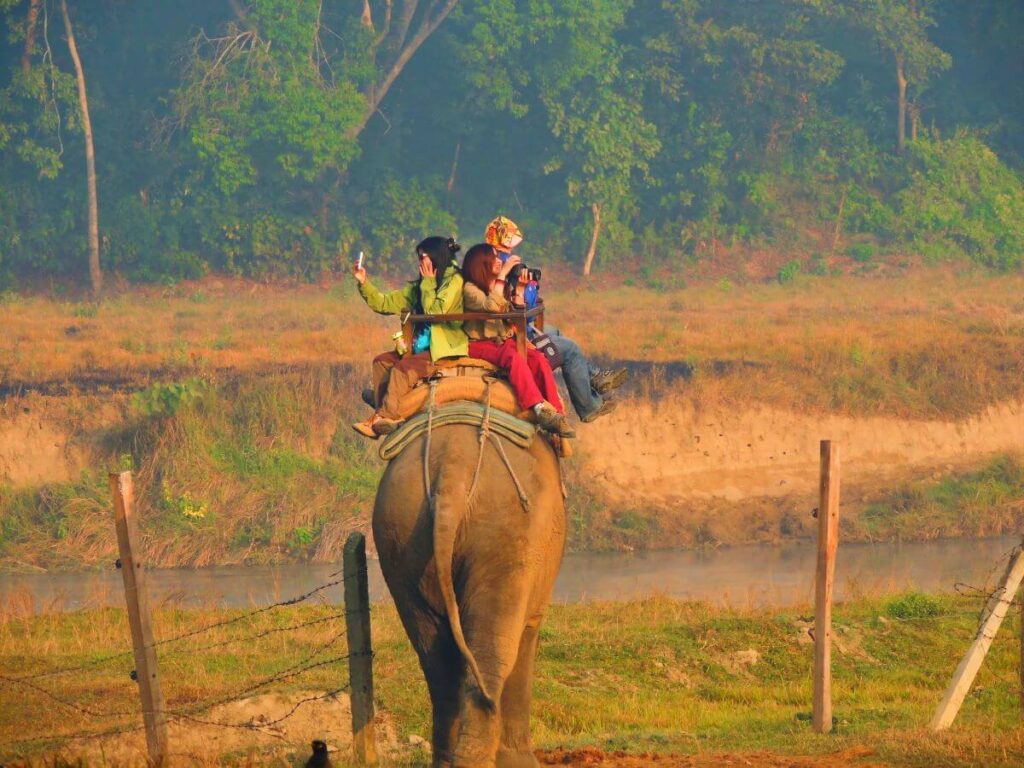
Know what you eat as well. It’s something you wouldn’t immediately think of, but when you see local exotic foods on the menu, ask if the animal is rare or endangered. This is illegal and obviously bad for the conservation of species.
Read more: Micro Tourism: A New Eco-Friendly Travel Style
How to tell if a wildlife/animal attraction is bad
There are a few ways to avoid accidentally supporting animal cruelty.
The most general rule is to think: “can I touch, ride, or have a selfie with a wild animal?”. If the answer is yes, it’s most likely a cruel venue. A good attraction will not let you close to the animals. Also think about how much space the animals have. Some enclosures look big, but when you think about how much space these animals have in nature and how much they move on a day, you might think about it a bit different.
Another thing you can do is look at TripAdvisor. As mentioned before, about 80% of people don’t recognize animal cruelty in wildlife attractions, so look for attractions with 80% positive reviews or more. Always do more research after!
If you’re booking through a travel agent or travel company, always check with them if they still support any type of animal cruel tourism. Even if you’re not booking a wildlife attraction through them, your money can still go towards the support of these cruel venues anyway. Look at this website to see which agencies do best and worst!
When you’re doing your research, look for transparency, find out where your money actually goes to and see what things they use for the tourists, like how they get you around. If the transportation on a safari is very loud for example, like quads, it’s going to disturb the animals, which is obviously a thing you want to avoid.
Here are some examples of generally positive wildlife attractions:
While I did list these types of wildlife attractions in this list, doesn’t mean every attraction of this type is sustainable, but generally speaking they are.
1. Animal sanctuaries
Overall animal sanctuaries have a positive impact on the animals and their environment. Your money has a positive impact on these animals and their owners as well.
So when you’re in Thailand, skip the elephant ride, but go to a sanctuary instead.
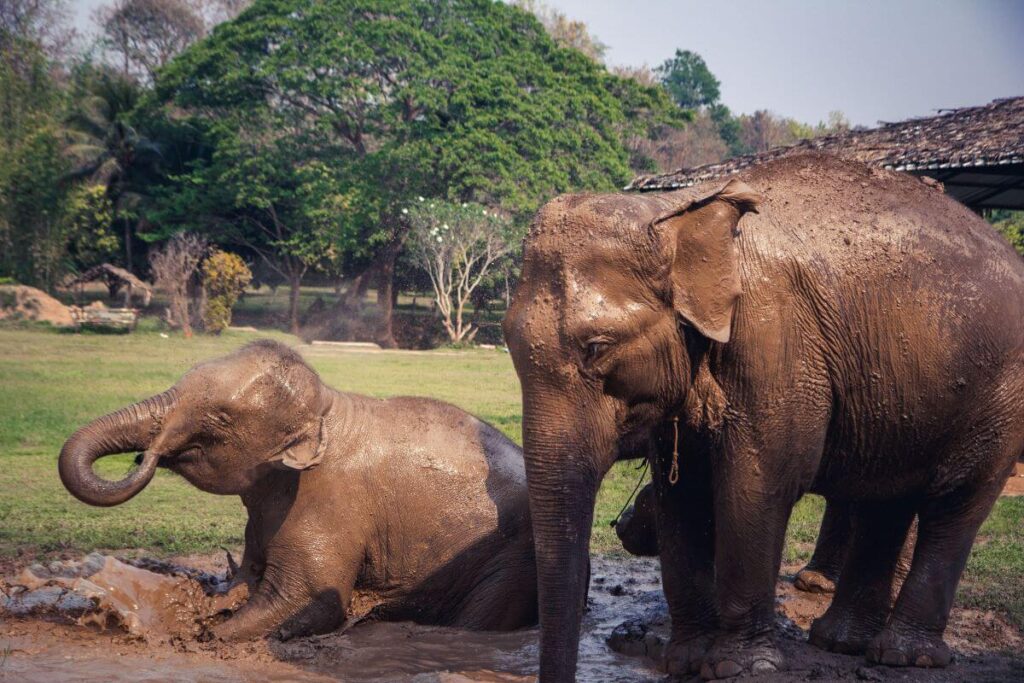
2. Safari’s
This one can definitely be a hit or miss. Some safari’s still support hunting, personal touch between the visitor and animal and disruption of the natural habitat. Other safari’s keep the animals safe from hunters, so they can make money, whilst also conservating the species. Make sure you do your research!
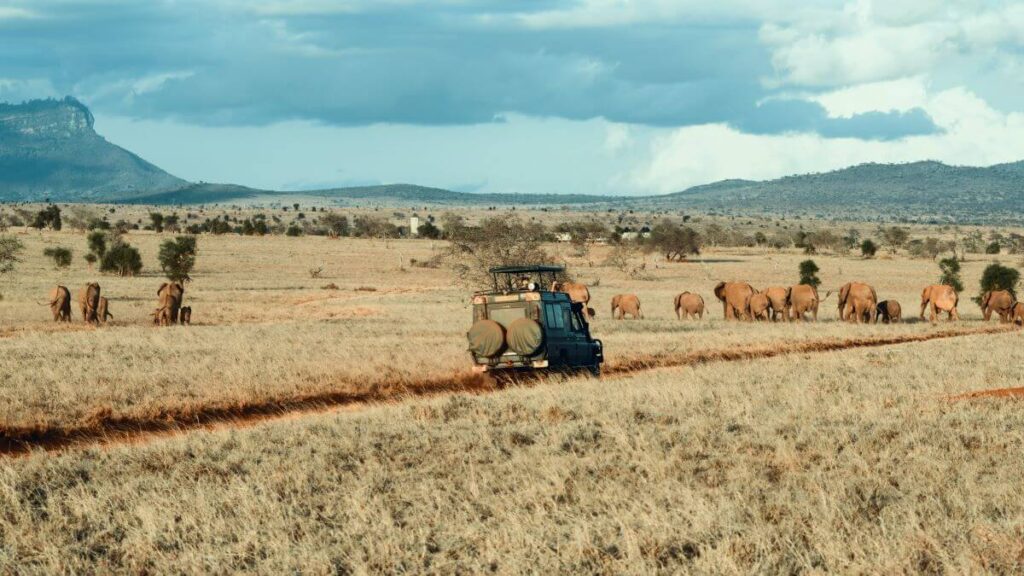
–
To end this post on a positive note, 25% of all wildlife attractions are animal cruelty free. This accounts for about 13,000 animals. While the bad ones are still in an overwhelming majority (75% with over 550,000 animals), the small wins should be celebrated.
Next time when you’re planning your trip, do your research, think wisely and vote with your dollar!

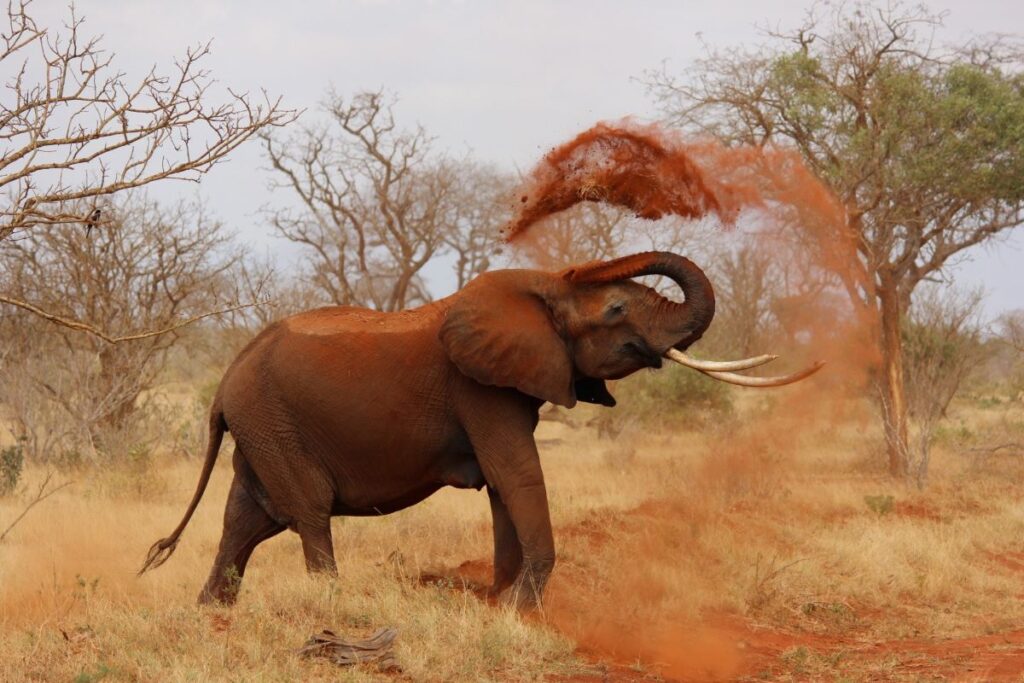



Pingback: How To Travel More Sustainably - Travel with Tessa